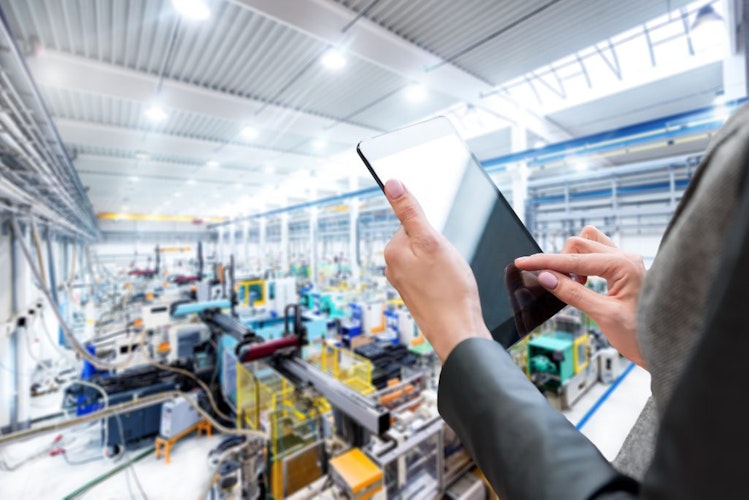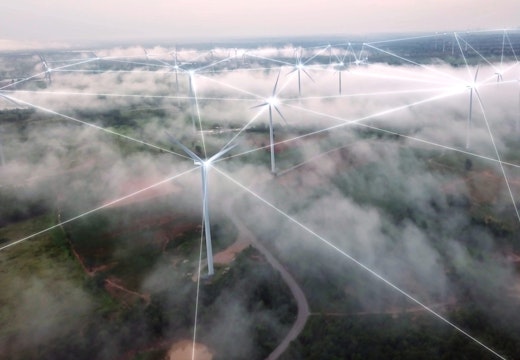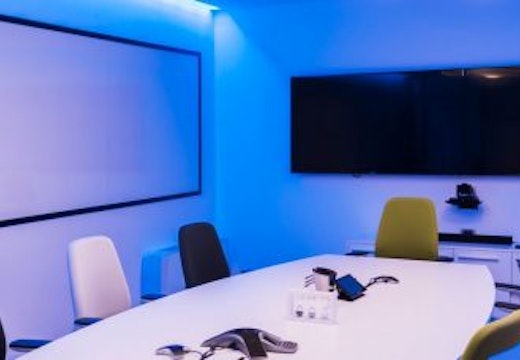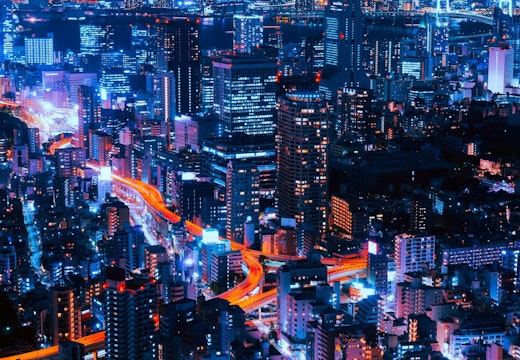When light is more than light: the connected lighting system
As connected lighting systems become more sophisticated in the digital age, corporates are using quality of light as a tool to achieve better employee performance and wellbeing
Lighting systems have evolved rapidly in the digital age. While they are still part of the core infrastructure of any office, home or urban environment, lighting has moved on from being a passive illumination system to a dynamic and connected system that mimics a computer network.
As corporate organisations place the wellbeing and productivity of their employees at the top of their agenda, new connected lighting systems can help achieve these goals. The quality of light now supersedes its traditional role as a source of illumination and serves as an enabler of employee performance and wellbeing.
IoT serves as a pillar for connected lighting, which means its capabilities are continuously expanding. These are four ways quality of light is evolving in the digital age.
Uptime and reliability
LED lighting is inherently digital and forms the foundation of a connected lighting system. LEDs are more reliable and long-lasting than conventional lighting, at least from an illumination perspective. As a fundamentally digital system, new connected lighting solutions have the ability to perform preventative maintenance to overcome failures or issues in the system immediately. Using the stream of data it collects, the system can identify where the problem is and the potential equipment needed to resolve the problem. This can reduce response and repair times but acting proactively instead of reactively.
Extensibility
Connected lighting solutions can serve as a platform for IoT applications which can evolve and adapt over time. It should be a base into which future applications can plug, as controls evolve over time.
Customisation
Connected lighting systems are very programmable which means that the lighting can be programmed to support different tasks in the office and create different atmospheres. The lighting itself needs to be flexible to respond to a menu of sophisticated lighting recipes. If lighting isn’t flexible enough to provide multiple looks across an open-plan office, it has room to improve.
Data and communications
A core competency of connected light systems is its ability to collect streams of data. For example, while street lights in urban environments are primarily there to keep streets well-lit at night, they can also collect data on air pollution.
As lighting continues to progress, quality of light moves beyond illumination and into a more connected and unified digital system. By revising our demands of what light can and should do for us, we can break down narrow definitions and make the most of the opportunities that new lighting tech has to offer.
Read more about When Light is More than Light here.








